The 14-in-1 Multifunction Electric Pressure Cooker is the perfect tool for fast, efficient cooking. With its 6-liter capacity, it provides ample room for family-sized portions. This cooker is designed to handle a variety of dishes, including rice, beef, chicken, soup, cake, and more—all with the push of a button.
Using the programmable menu buttons, select your desired function such as Rice, Beef, Meat, Ribs, Cake, Soup, or Slow Cook. The cooker automatically adjusts the pressure and cooking time for each dish. For larger meals, the custom pressure cooking feature lets you adjust the cooking time to suit your needs. Once cooking is complete, the unit switches to Keep Warm, ensuring your meal stays ready until you’re ready to serve.
One of the key benefits of pressure cooking is its ability to speed up cooking times. This is achieved by cooking food at a higher temperature, around 121°C (250°F), which cooks food up to three times faster than conventional methods. The cooker also uses less liquid, preserving vitamins and nutrients.
Furthermore, the cooker has multiple pressure settings, allowing flexibility in cooking different types of food. You can also opt for slow cooking or quick cooking depending on the recipe. The natural or quick release options ensure your meal is ready with minimal hassle.
This multifunction Electric Pressure cooker saves time, energy, and effort. It simplifies meal preparation, allowing you to enjoy delicious meals without the long cooking times. Whether you’re making a hearty stew, a healthy soup, or a dessert, this pressure cooker is a kitchen essential.

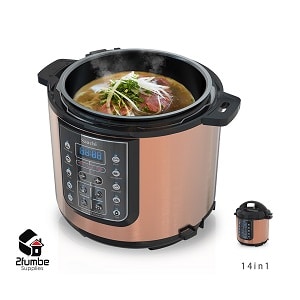
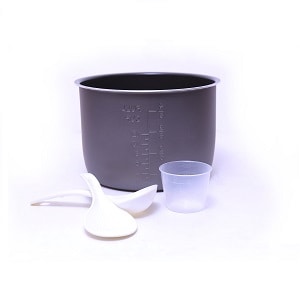
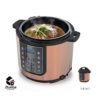
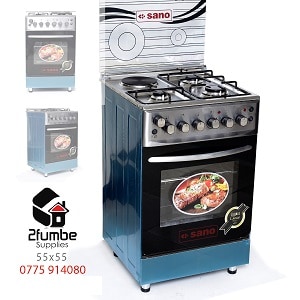
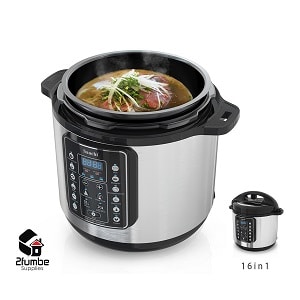
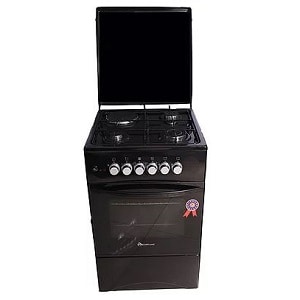
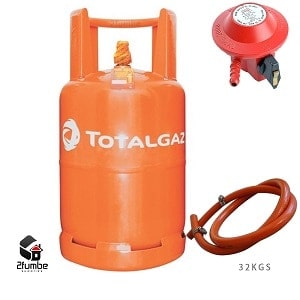
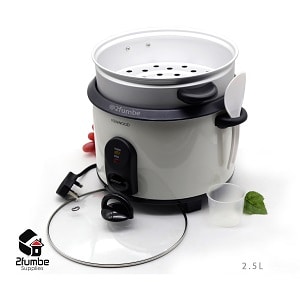
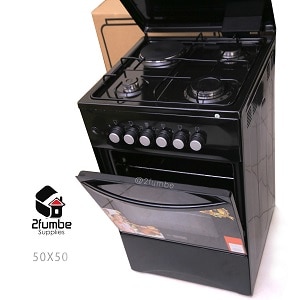
Reviews
There are no reviews yet.